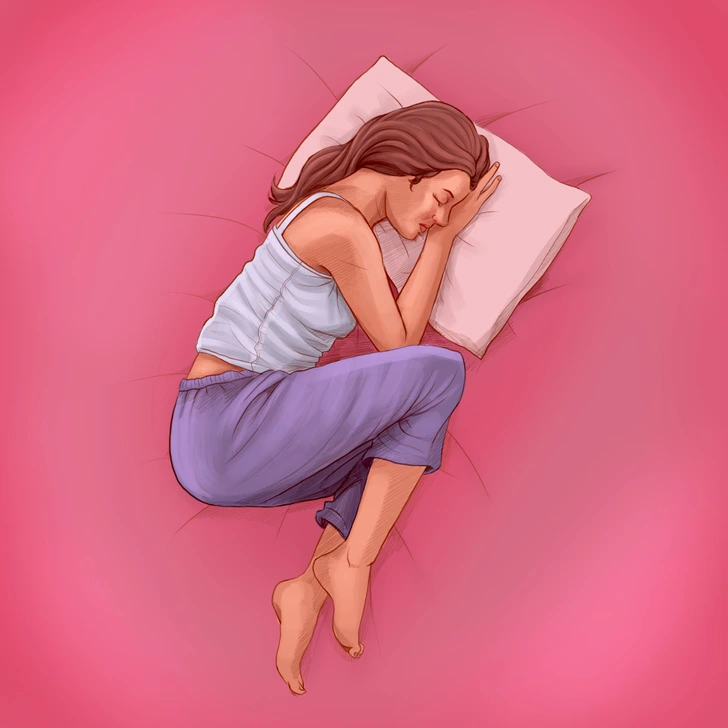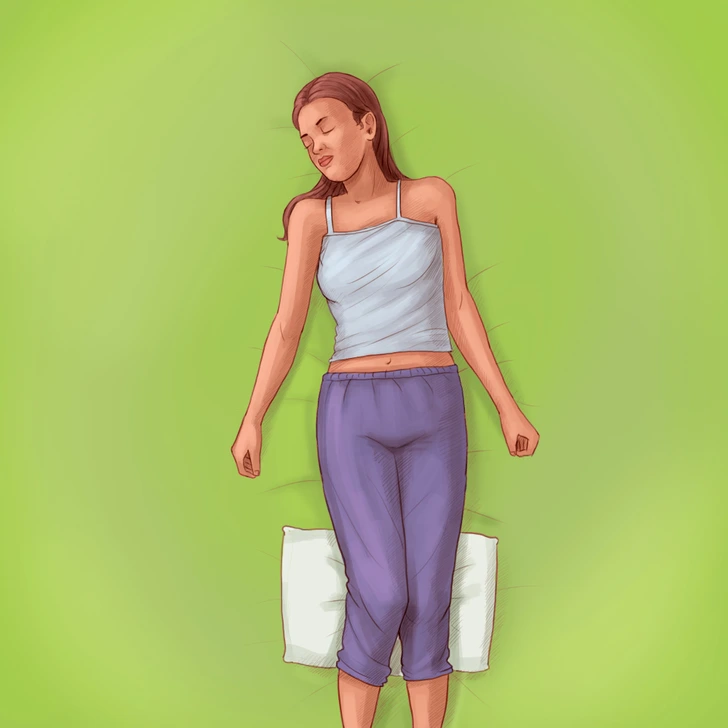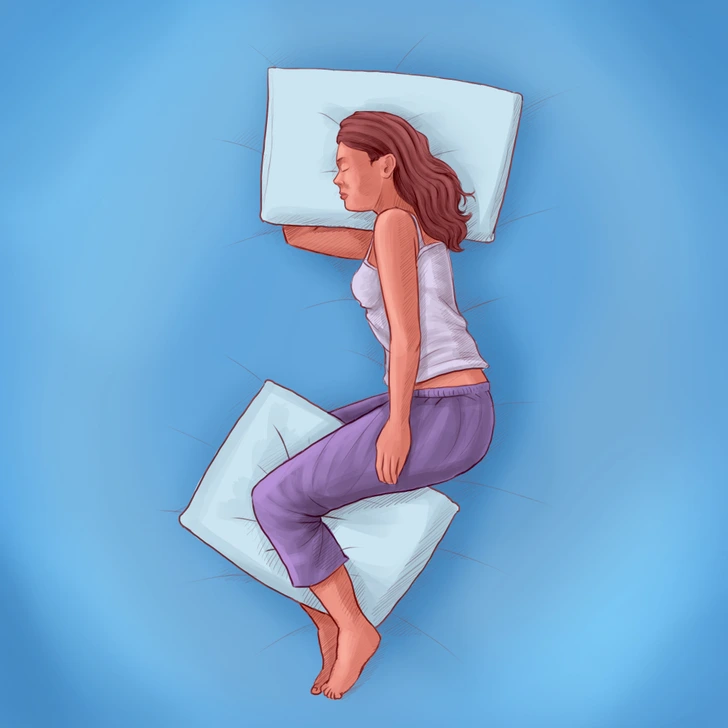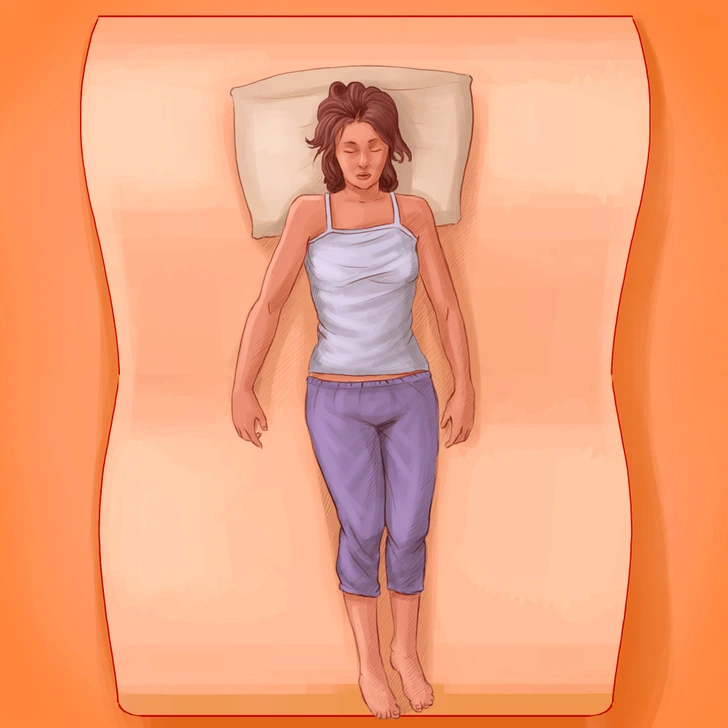Lower back pain can turn everyday life into a challenge, especially when it disrupts your sleep. Starting your day with discomfort is frustrating, but did you know that how you sleep can either relieve or worsen your back pain? Since we spend about a third of our lives in bed, adopting the right sleeping position is crucial for spinal health. Here are the five best sleeping positions recommended by experts to help reduce lower back pain, along with tips for choosing the right mattress.
The Fetal Position: A Trusted Comfort Zone

Sleeping curled up on your side with your knees tucked toward your chest, similar to a baby in the womb, is a popular choice for relieving back pain. This position helps create space between your vertebrae, reducing pressure on spinal discs. It’s especially beneficial for people with herniated discs, as it can minimize nerve compression and associated pain.
To enhance this position, alternate sides throughout the week to avoid muscle imbalance. Using a supportive pillow to keep your head and neck aligned can also improve comfort and prevent strain.
Stomach Sleeping with Pillow Support

Although stomach sleeping is often criticized for causing neck strain, it can actually alleviate lower back pain if done properly. The key is to use a pillow strategically. Place a small pillow under your lower abdomen and pelvis to maintain spinal alignment and reduce pressure on the discs.
This small adjustment allows stomach sleepers to avoid unnecessary discomfort while enjoying their preferred position. It’s all about finding the right balance and ensuring your body stays supported.
Back Sleeping with Knee Support
Lying flat on your back is widely regarded as one of the best sleeping positions for back pain. This posture distributes your body weight evenly, reducing strain on pressure points and promoting proper spinal alignment.
To maximize comfort, place a pillow under your knees. This helps maintain the natural curve of your lower back and provides extra support where it’s needed most. Adding a rolled towel under your lumbar area can further enhance support, making this position a favorite for those with chronic back pain.
Side Sleeping with a Pillow Between Your Knees

For side sleepers, placing a pillow between the knees can make a world of difference. This simple adjustment ensures your spine, hips, and pelvis stay properly aligned, reducing strain on your lower back.
It’s important to switch sides periodically to avoid placing too much pressure on one side of your body. Over time, this small change can lead to significant improvements in how you feel when you wake up.
Reclined Sleeping: A Relaxed Approach

If you enjoy sleeping in a reclined position, you’ll be pleased to know it can help alleviate back pain. Using an adjustable bed or a recliner chair allows you to create an angle between your trunk and thighs, which reduces pressure on the spine.
For added support, place a pillow behind your lower back. This position is particularly beneficial for people with conditions like isthmic spondylolisthesis, as it helps minimize spinal strain and promotes comfort.
Choosing the Right Mattress: The Unsung Hero of Back Health
No matter how ideal your sleeping position is, an unsuitable mattress can undermine your efforts. Your mattress plays a critical role in supporting your spinal health. Overly soft or firm mattresses can worsen back pain, so a medium-firm mattress is often the best choice, providing a balance between comfort and support.
If a new mattress isn’t in your budget right now, try placing a plywood board under your current one to increase its firmness. Investing in a high-quality mattress tailored to your needs can transform your sleep and significantly reduce back pain over time.
Conclusion: Small Changes, Big Results

Lower back pain doesn’t have to dominate your mornings. By incorporating these expert-recommended sleeping positions, you can wake up feeling refreshed and pain-free. Whether you choose the fetal position, back sleeping with knee support, or a reclined posture, these small changes can have a big impact on your comfort and overall well-being.
Don’t underestimate the importance of your mattress. A supportive surface enhances your sleeping posture and helps you achieve better spinal health. Start applying these tips today, and you’ll soon enjoy restful nights and pain-free mornings.


